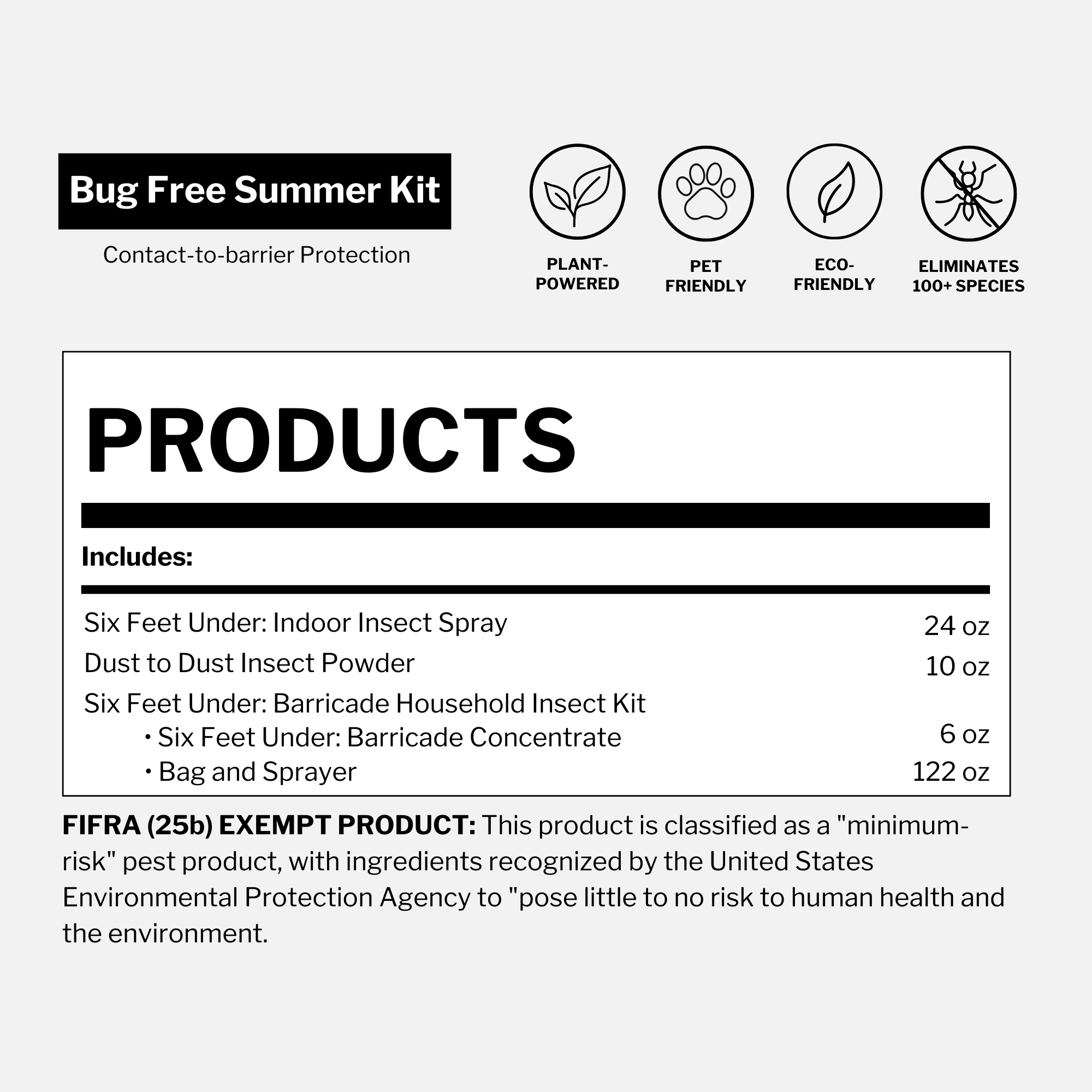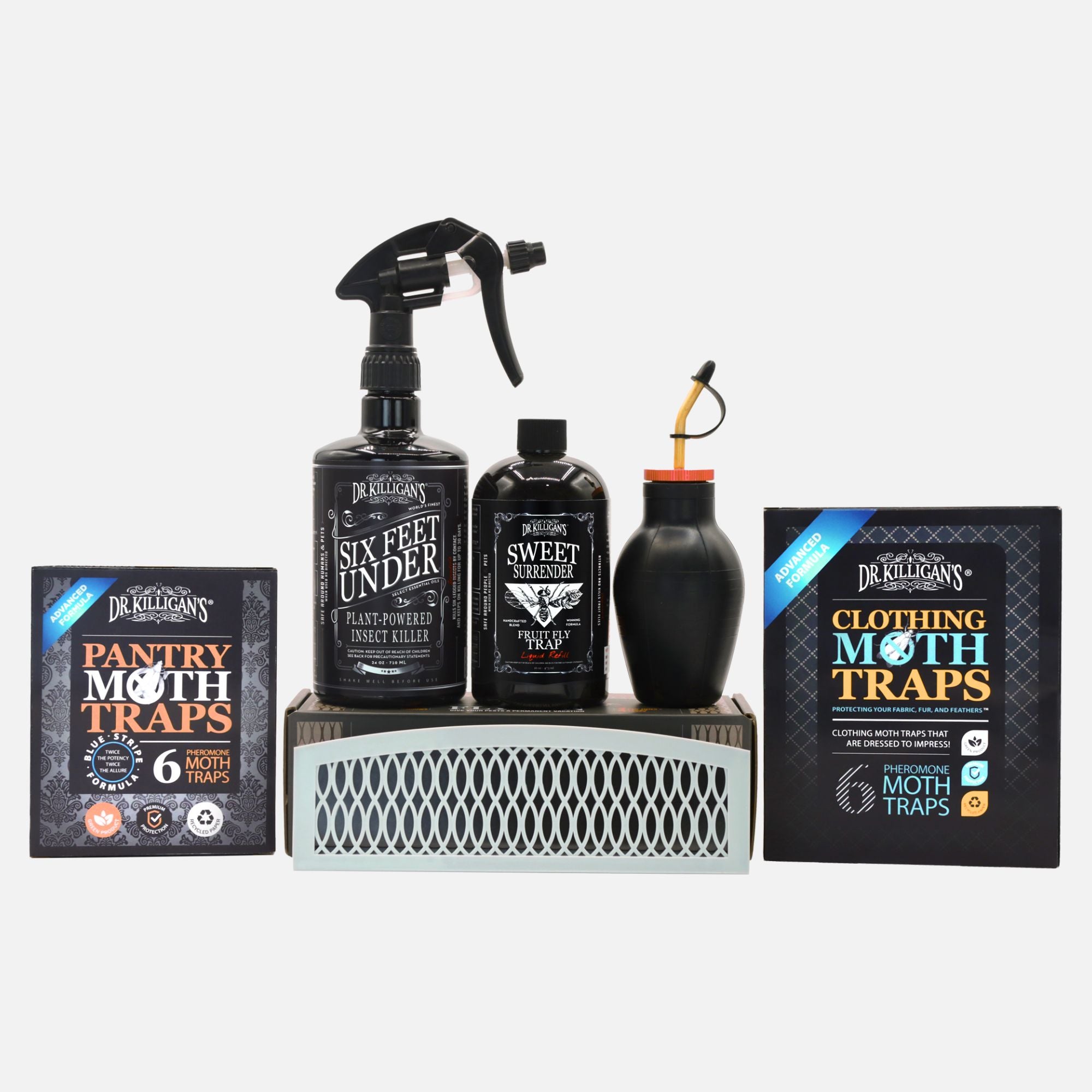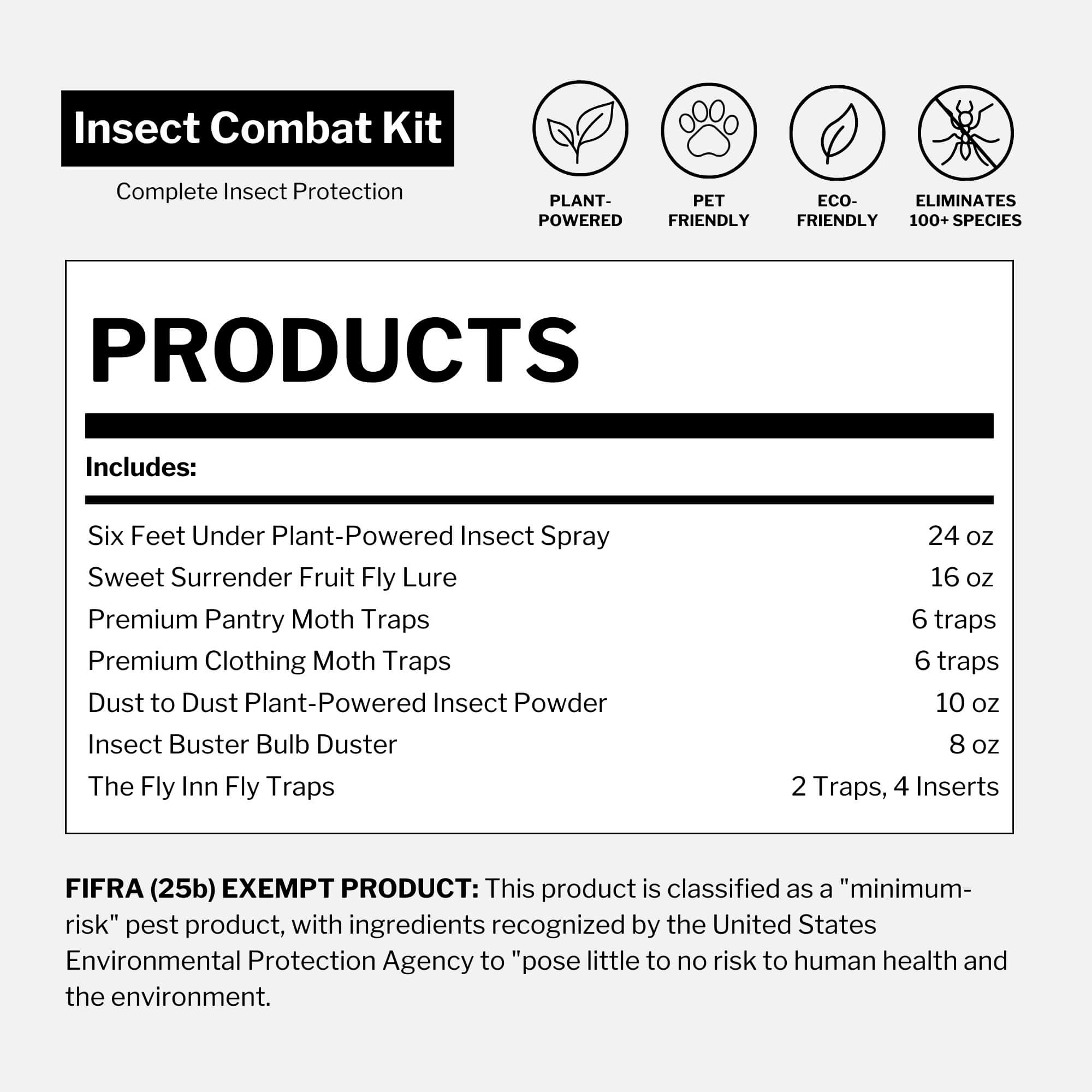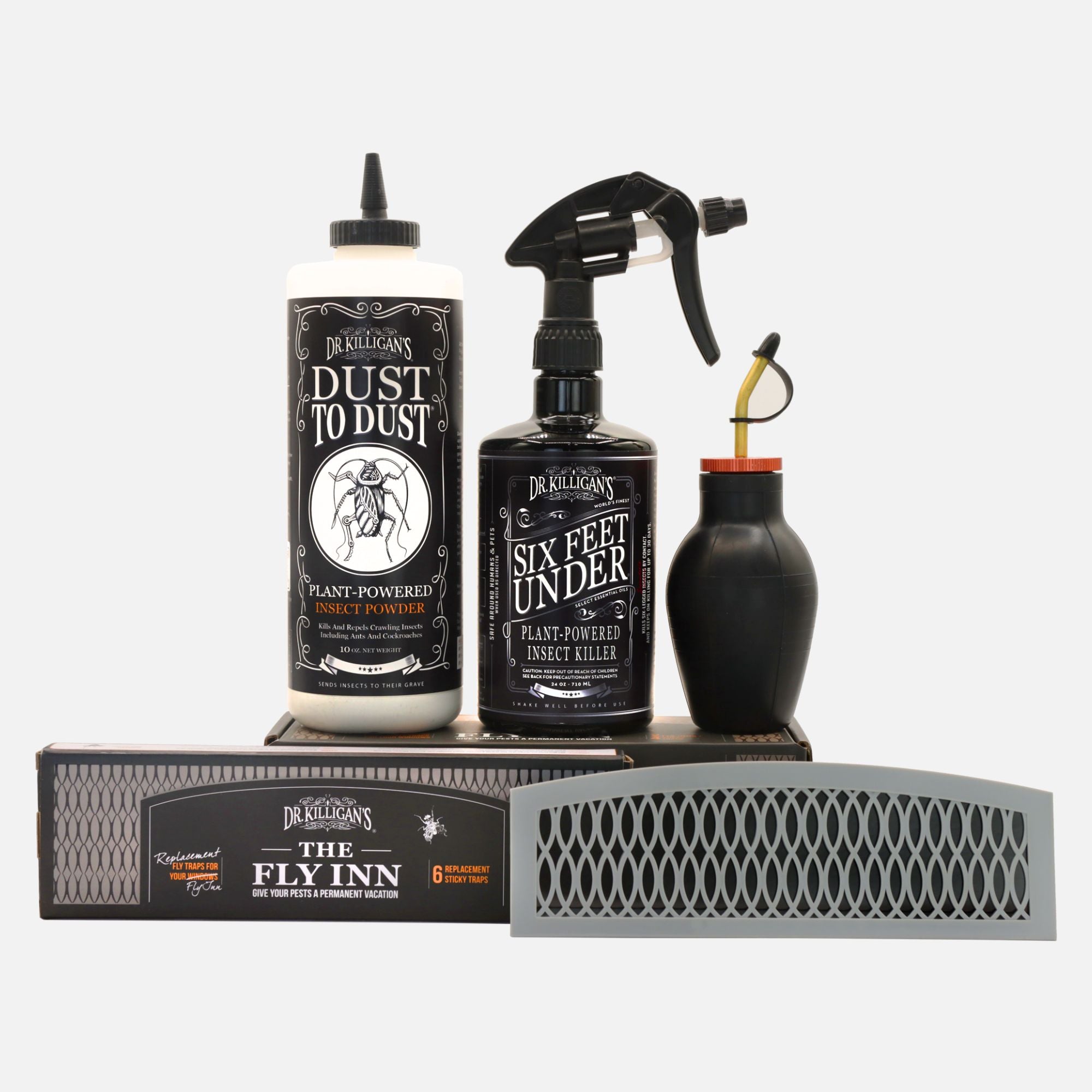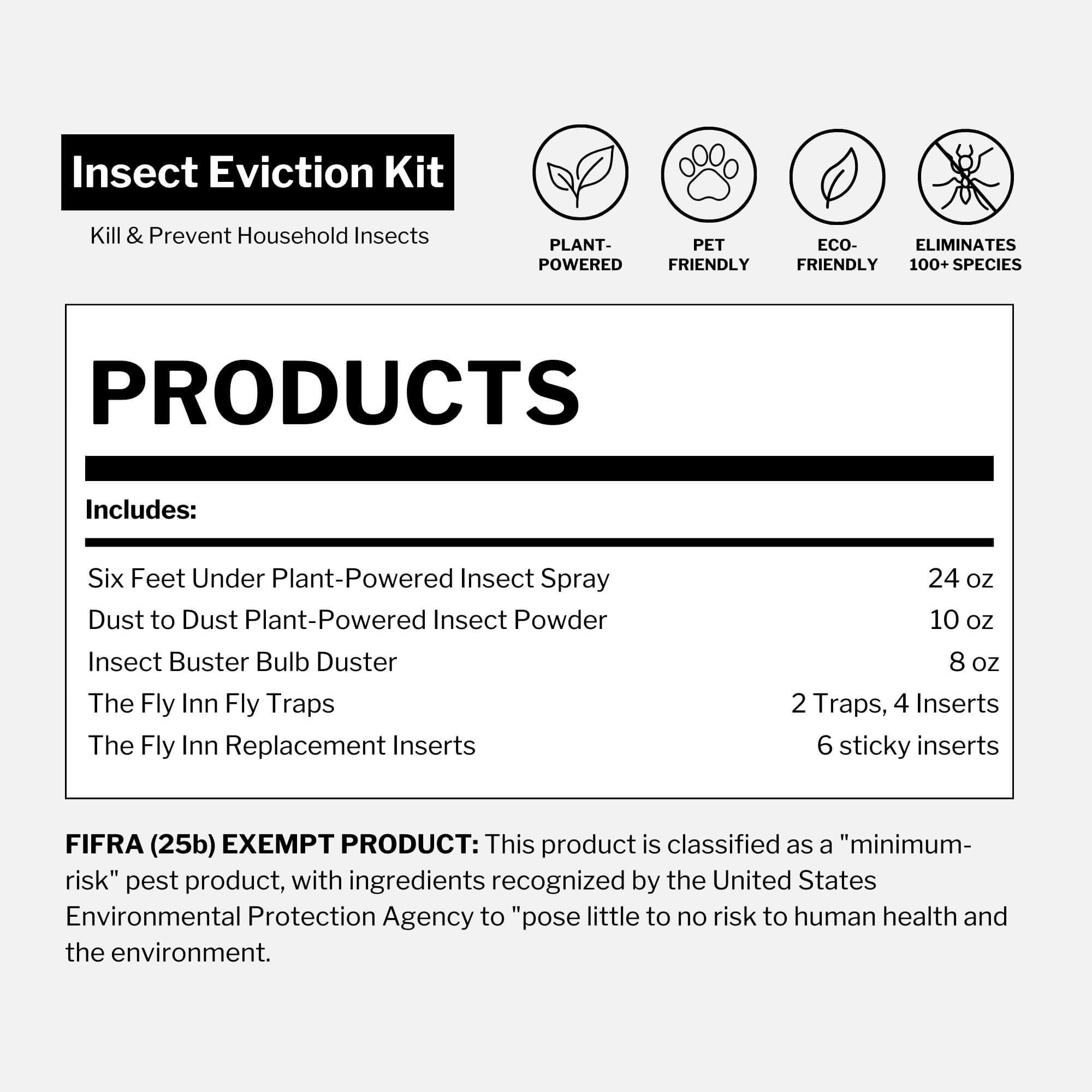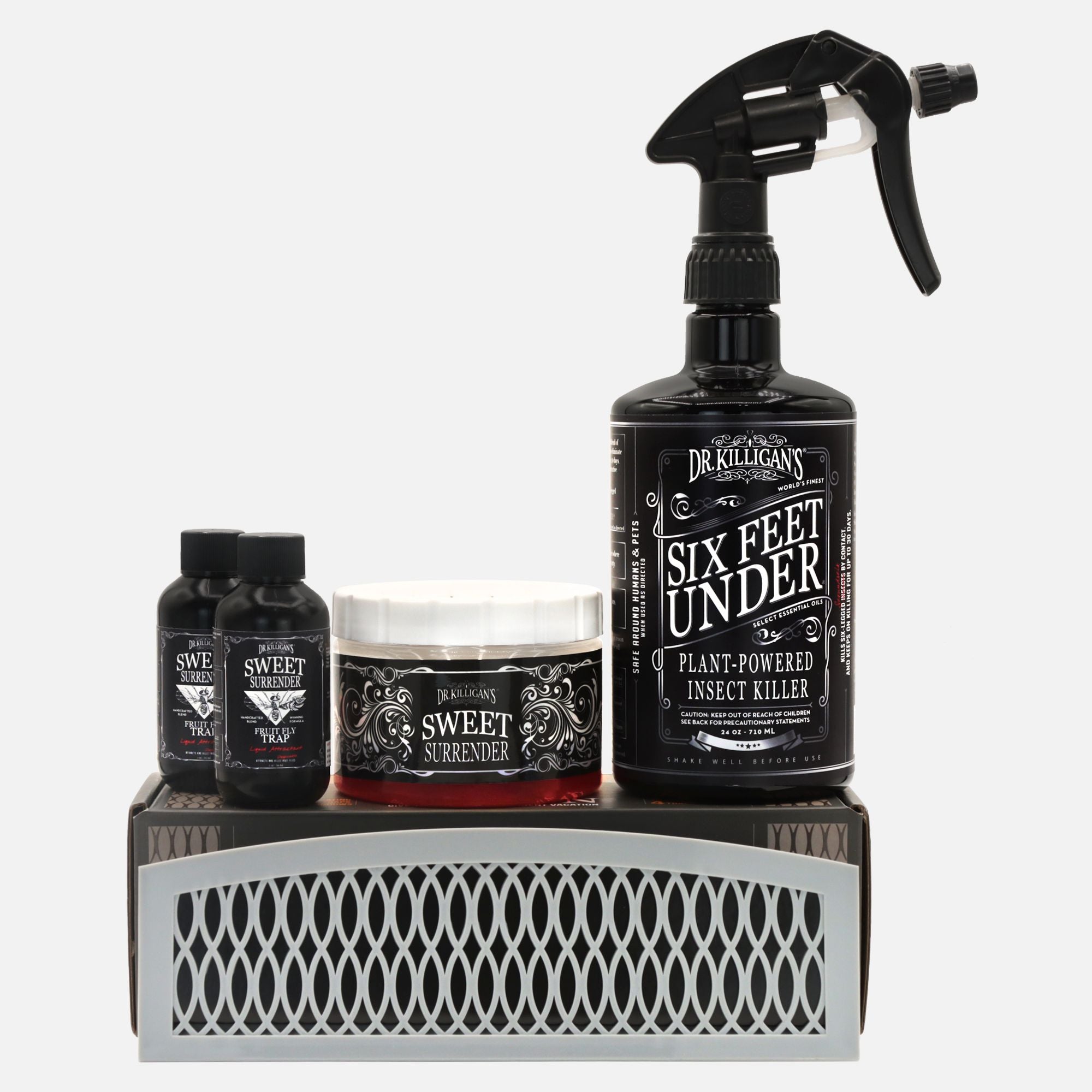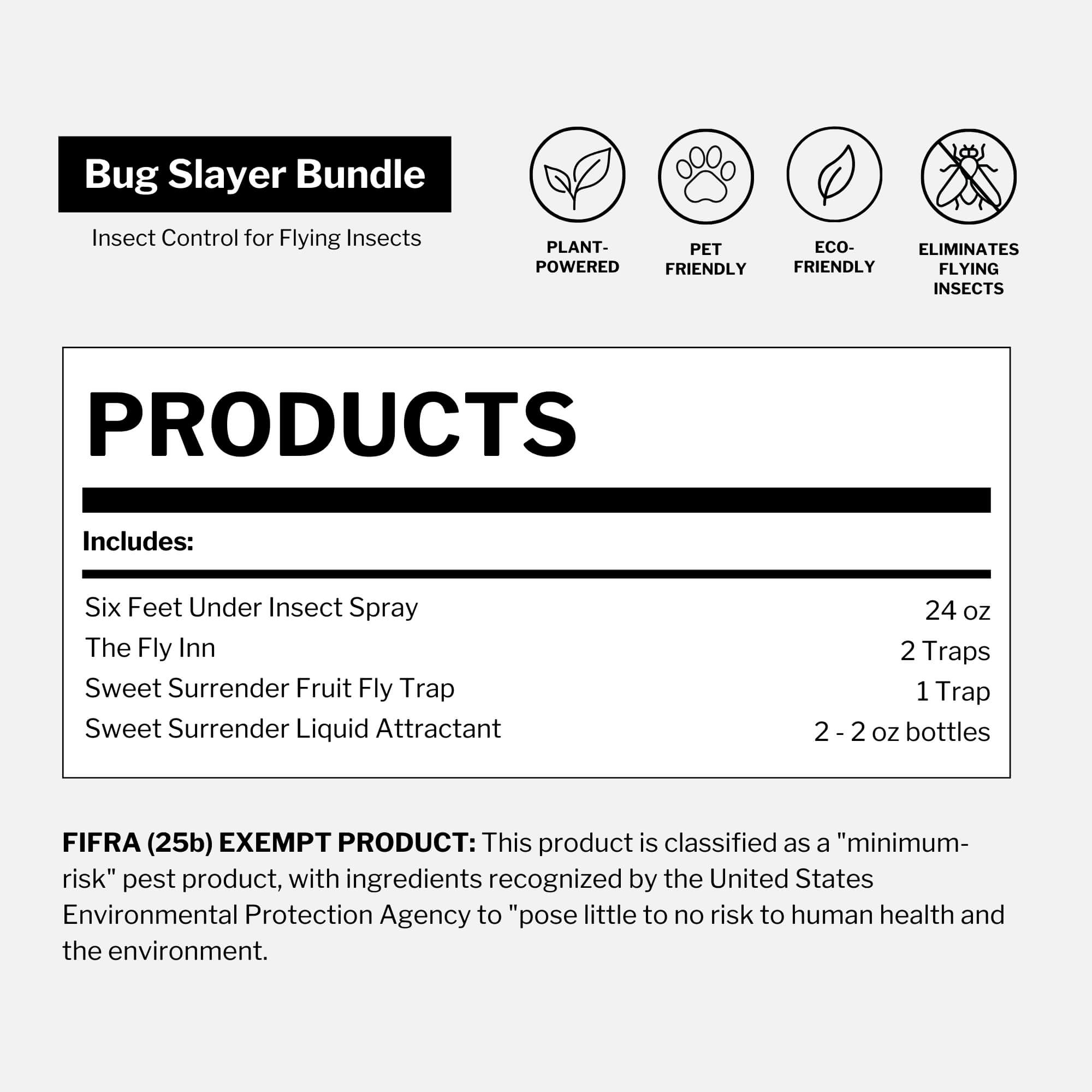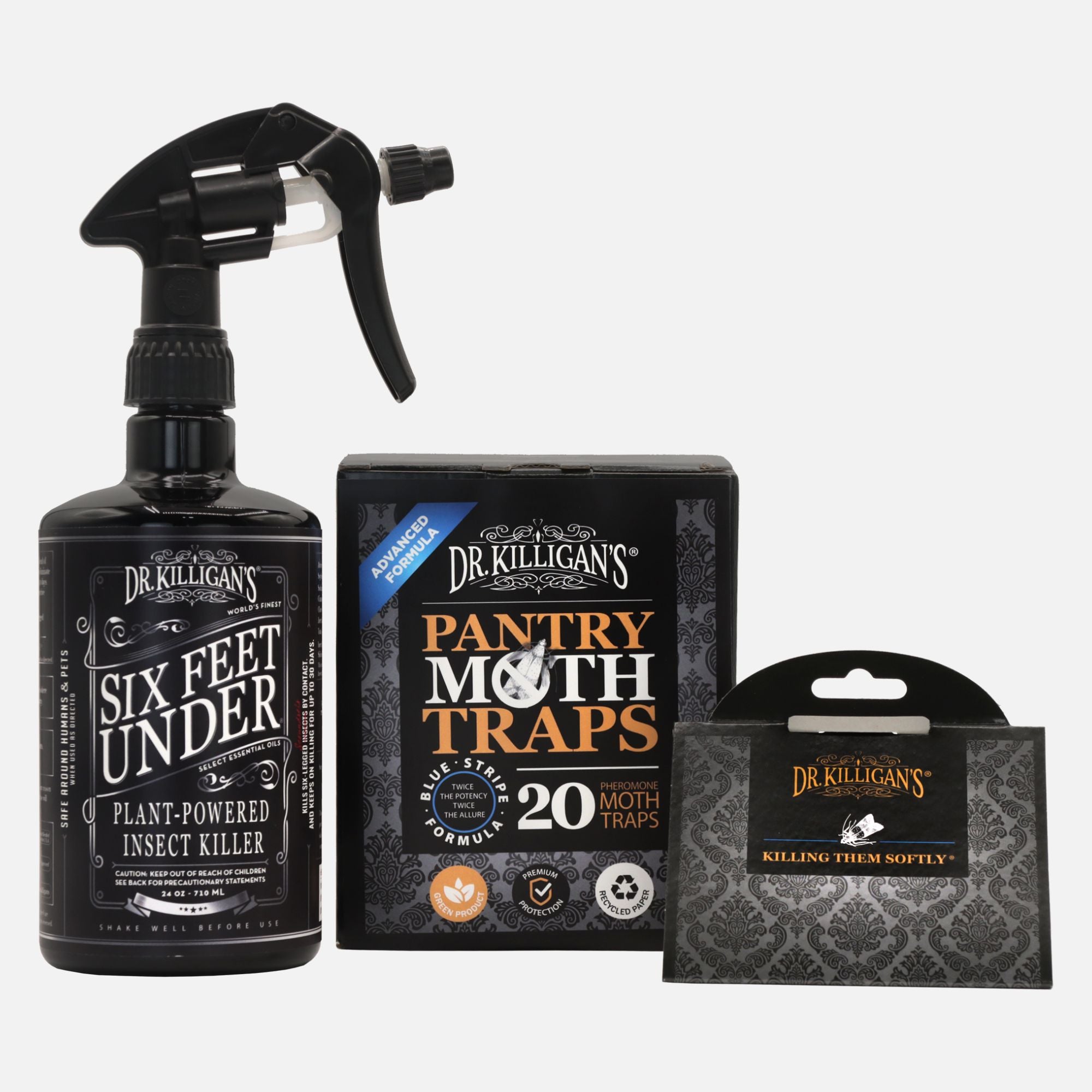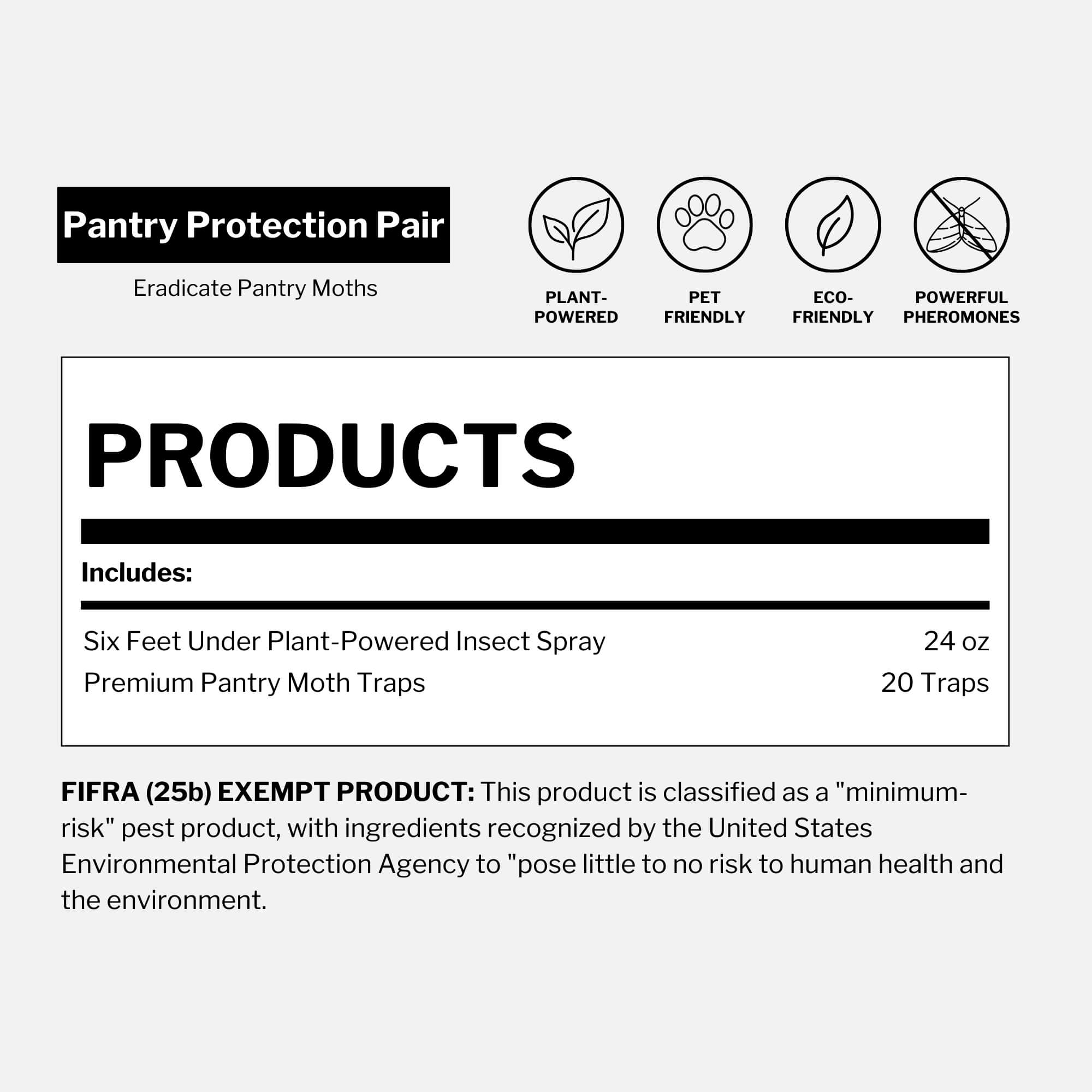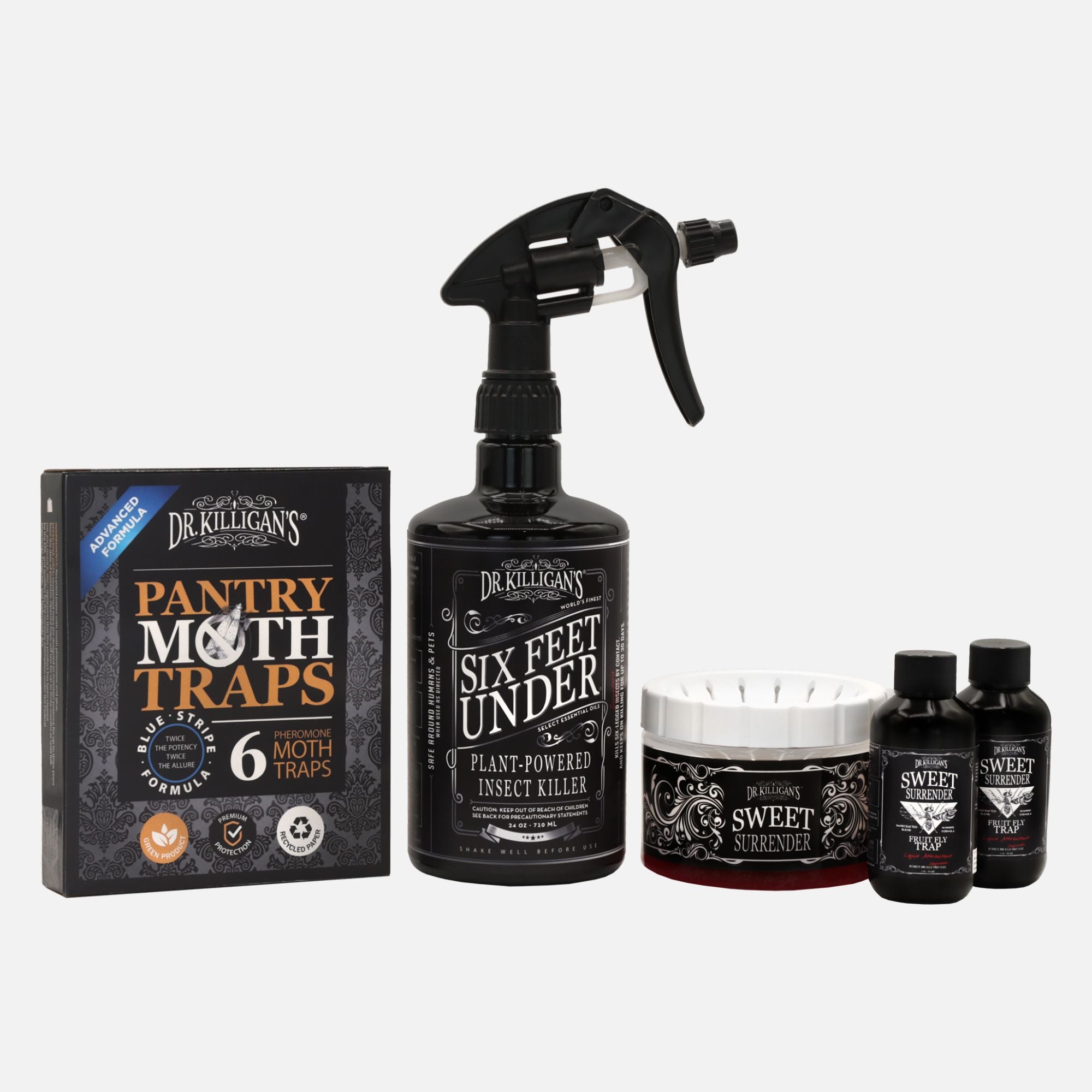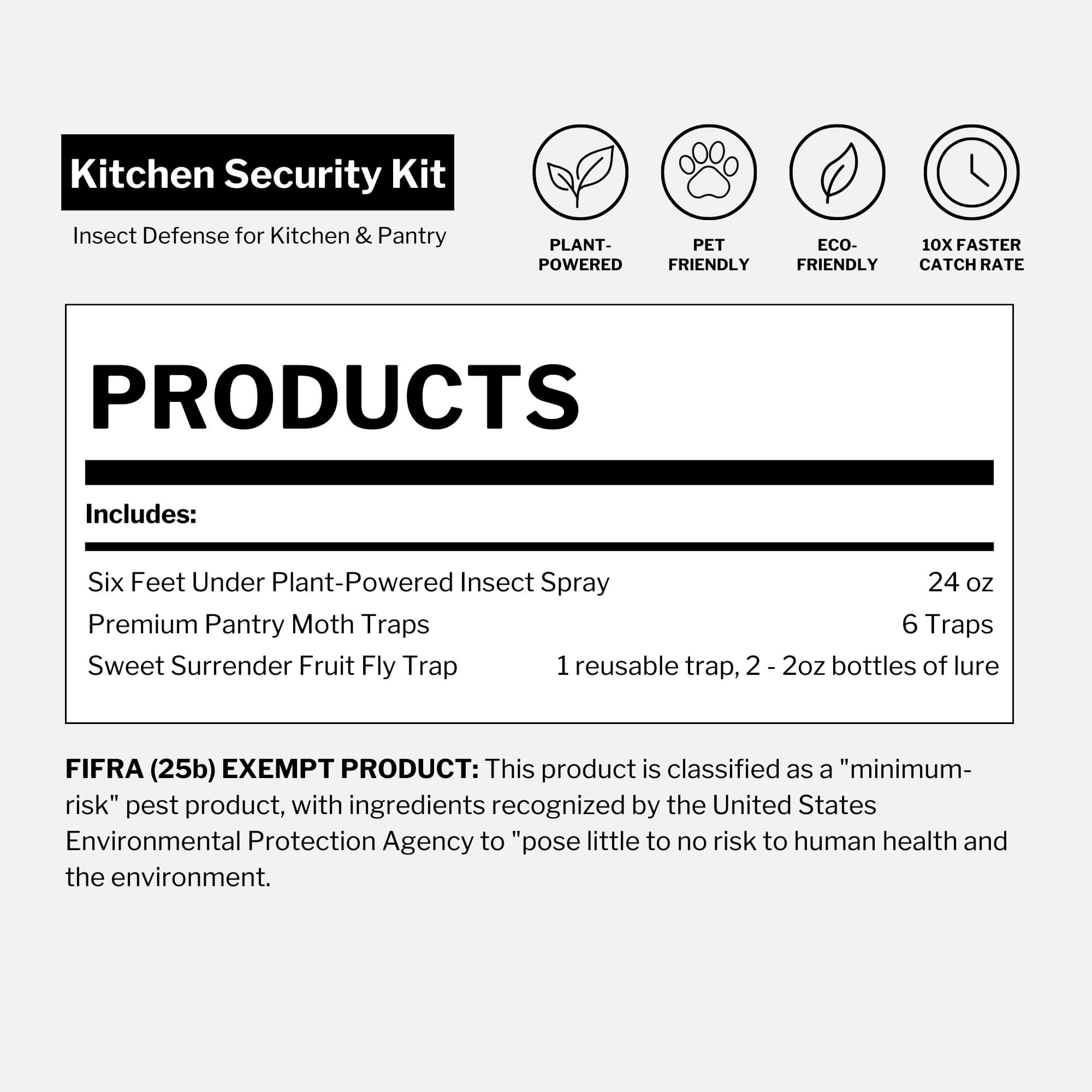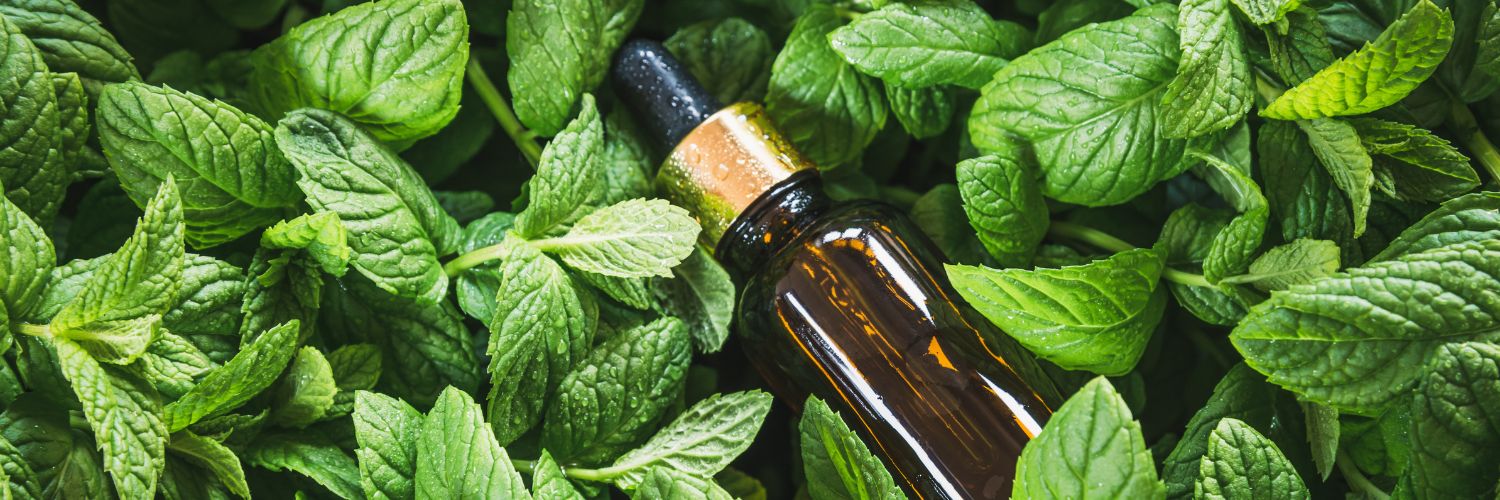Updated on August 4th, 2025
Tiny but troublesome, baby stink bugs hatch from eggs on leaves, immediately start feeding on plants and grow rapidly into destructive pests. If left unchecked, baby stink bugs can damage gardens and sneak into homes.
Baby stink bug quick facts:
- Cannot fly
- Feed on fruits and garden plants
- Do not bite or harm humans
- Emit a strong smell when threatened
- Control them using plant-powered sprays or by sealing entry points
What do baby stink bugs look like? Can they fly?
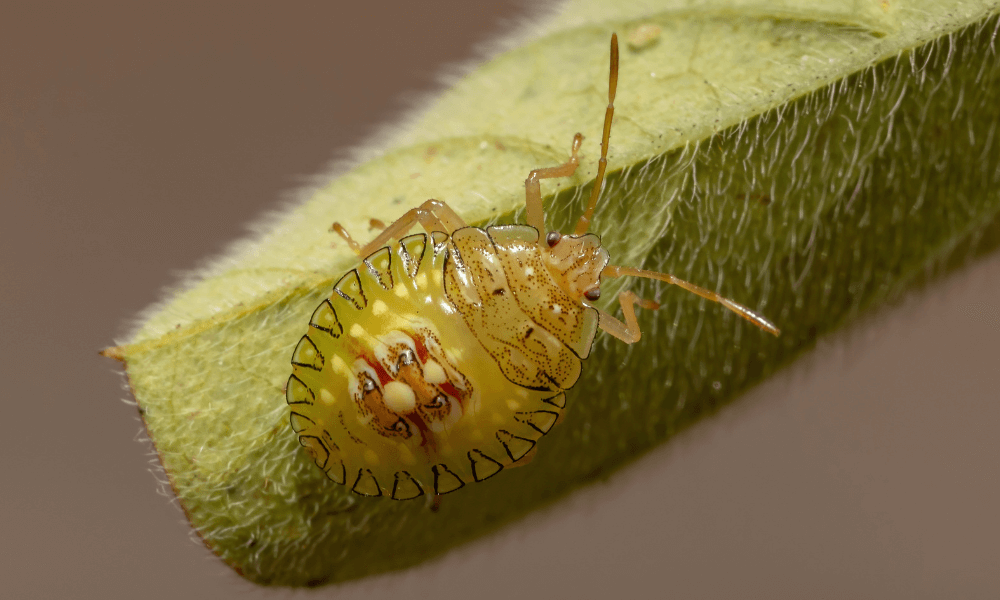
Baby stink bugs—also known as stink bug nymphs—are the immature stage of stink bugs before they reach adulthood. If you're wondering what baby stink bugs look like, here’s how to identify them:
- Smaller in size: Baby stink bugs are tiny compared to adults.
- No wings: They lack fully developed wings and therefore cannot fly.
- Molting process: As they grow, baby stink bugs (nymphs) shed their exoskeleton five times—a process called molting. With each molt, their size, color and markings evolve—making them harder to identify until they resemble the shield-shaped adult form.
Fact: It typically takes 4 to 6 weeks for stink bug nymphs to develop into adults.
How do stink bugs reproduce and grow?
Stink bugs follow a rapid and efficient lifecycle, especially in warm temperatures. Here’s how they multiply:
- Egg-laying: In spring, female stink bugs lay clusters of 20-30 eggs on the undersides of leaves. This placement protects them from predators.
- Hatching: After 4-7 days, the eggs hatch into nymphs—also known as baby stink bugs—that immediately begin feeding on plant juices.
- Development stages: Over the next 4–6 weeks, nymphs undergo five molts, increasing in size and changing appearance until they reach adulthood with fully developed wings.
This rapid reproductive cycle enables stink bug populations to increase rapidly, making them a persistent and challenging pest in gardens and around homes.
Source: UCANR Integrated Pest Management – Stink Bugs
What attracts and feeds baby stink bugs?
What environments attract baby stink bugs?
Just like adults, baby stink bugs are drawn to warm environments with ample food sources. They are commonly found in:

- Gardens, orchards and fields—Offer abundant plant material for feeding
- Home gardens and landscaped yards—Provide shelter and a food source
- Greenhouses and conservatories—Maintain warmth and a steady food supply
- Outdoor lighting—Attract stink bugs at night
- Sunny building exteriors—Retain warmth near windows and doors
Note: While stink bugs may seek shelter indoors during the fall, they do not reproduce inside or cause structural damage.
What do baby stink bugs eat?
The diet of baby stink bugs consists mainly of plant juices, which they extract using their specialized, piercing mouthparts. They are fond of a variety of plants, including fruits, vegetables and ornamental plants.

Plants most vulnerable to baby stink bugs:
- Fruits and vegetables: Tomatoes, corn, soybeans, peaches, apples, berries, green beans, bell peppers and eggplants
- Ornamental plants, trees and garden weeds: Marigolds, sunflowers, hibiscus, maple trees, dogwood trees, pear trees and dandelions
This indiscriminate feeding behavior can cause significant damage—leading to blemishes on fruits and vegetables, reduced yield and in severe cases, plant death.
Signs of baby stink bugs in your garden
Recognizing baby stink bugs early can help prevent extensive damage. Look for these signs:
- Unusual damage to plants: They pierce the plant's surface and suck out the juices, which can lead to distinct damage patterns. Keep an eye out for puckered or discolored spots on leaves and fruits.
- Presence of nymphs: Can be spotted on the underside of leaves or near the stems of plants they are feeding on. Their brightly colored or patterned bodies— in these early stages—can help distinguish them from other garden pests.
- Excrement and shed skins: Tiny, dark droppings and discarded exoskeletons near plants indicate feeding activity.
Do baby stink bugs hibernate?
Yes, stink bugs—including their nymphs—hibernate, though the process is better described as diapause, a state of dormancy. As temperatures drop in fall, stink bugs seek warm, sheltered areas to survive the winter months.
- Outdoors: They hide under bark, within leaf litter or in other protected spots.
- Indoors: They often enter homes through cracks, windows or door frames and find refuge in attics, basements or behind walls.
Note: Stink bugs may become active on warmer winter days, causing an unwelcome indoor surprise.
Are baby stink bugs harmful—and should I kill them?
Do baby stink bugs bite? Are they toxic?
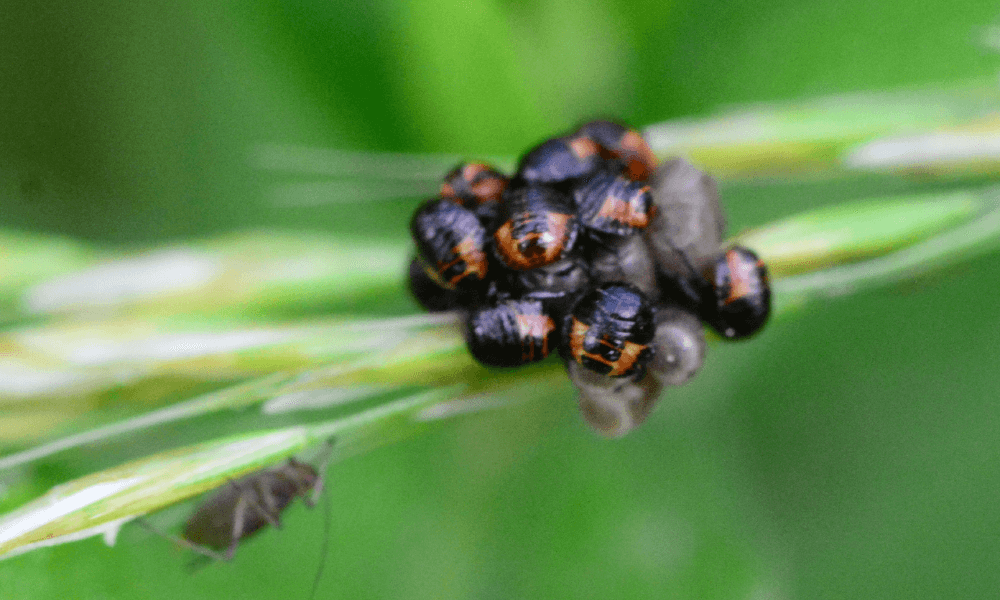
Baby stink bugs do not bite humans or pets. Their mouthparts are designed for piercing plant surfaces to extract juices, not for breaking skin.
They are also not toxic. However, when threatened, they rely on a defensive strategy—releasing a foul-smelling odor, often compared to cilantro. While harmless, this smell deters predators and can be unpleasant for humans.
Is it okay to kill baby stink bugs?
Deciding to eliminate baby stink bugs is a personal choice, but it’s important to prioritize environmentally friendly methods.
If elimination is necessary, opt for gentle solutions like:
Both are highly effective and safe for your family, pets and the environment.
Six ways to get rid of baby stink bugs quickly
Quick overview: Follow these key steps to remove baby stink bugs naturally.
- Relocate them—Use a container or brush to move them outside
-
Seal entry points—Close cracks around windows and doors
- Use natural repellents—Use mint, garlic or neem oil sprays
- Apply insecticidal dust—Puff Dust to Dust around problem areas
- Attract natural predators—Encourage birds, ladybugs and lacewings
- Spray Six Feet Under—Apply to doorways and window frames for protection
Detailed breakdown:
1. Gently relocate: Using paper or a soft brush, guide them into a container and release them away from your home.
2. Seal potential entrances: Inspect and seal cracks and gaps around windows, doors and foundations.
3. Use natural repellents like mint, garlic and neem oil sprays: These ingredients act as deterrents and are gentle on your plants and the environment. Here's how to make and apply your own repellent spray:

- Mint spray: Steep a handful of crushed fresh mint leaves (or a tablespoon of dried mint) in a cup of boiling water for an hour. Strain, mix with water and add a few drops of peppermint essential oil for extra strength.
- Garlic spray: Crush a few cloves of garlic, soak overnight in two cups of water, strain and add a teaspoon of dish soap to help it stick.
- Neem oil spray: Mix a tablespoon of neem oil with two cups of water and a few drops of mild liquid soap.
Application: Spray these mixtures around windows, doors and on plants (focusing on leaf undersides). Reapply every few days or after it rains for lasting results.
Note: Always test a small area of your plants first and spray in cooler parts of the day to minimize the risk of burning the plants under the hot sun.
4. Puff Dust to Dust Insect Powder: This powder is plant-based and safe for use around your family and pets. Three reasons to use:
- Dehydrates pests upon contact: Fine particles adhere to the insects' exoskeletons and eliminate them naturally.
- Long-lasting protection: A single layer remains effective over time.
- Soil-friendly: Improves soil structure and supports healthier plants.

5. Encourage natural predators: Attract birds, aphid lions, ladybugs, assassin bugs and lacewings. Bird feeders, water baths and native flowering plants create a welcoming environment for these beneficial creatures.
6. Create a protective barrier: Spray natural, plant-powered solutions around doorways and window frames to keep baby stink bugs from entering your home. Avoid direct application on plants.
Embrace a bug-free season with Dr. Killigan's
As you gear up to protect your home and garden from the tiny invaders, remember, you're not alone in this fight against baby stink bugs. With Dr. Killigan's eco-friendly solutions at your side, you're equipped with the most effective methods to safeguard your living spaces without compromising the health of your family, pets or the planet.
Reclaim your garden with confidence. Explore Dr. Killigan’s plant-powered solutions and enjoy a bug-free season.





